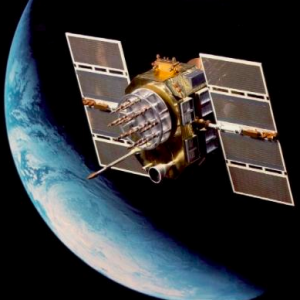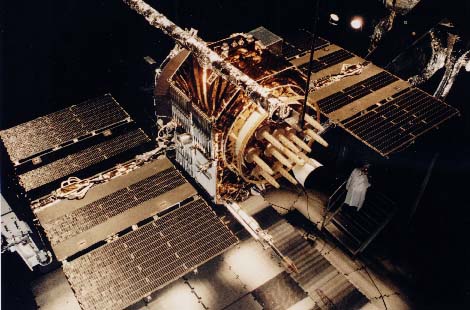 aNewDomain — Gosh, I wish I could remember where I heard it first. That old saw, that old chestnut: A work of art is never done, you just have to eventually say it is. There’s always more you can add, more detail, more refinement.
aNewDomain — Gosh, I wish I could remember where I heard it first. That old saw, that old chestnut: A work of art is never done, you just have to eventually say it is. There’s always more you can add, more detail, more refinement.
I’m looking at a novel right now. Well, obviously not *right now* but close enough for government work. I’ve gone back and forth on it: publish it or abandon it.
And the damned thing reminds me of my days launching satellites.
Now my boss isn’t always too fond of these bits that jump around from subject to subject but bear with me: It will make sense at the end. I promise.

I used to be part of the team that did launch and early orbit some satellite programs. I can’t tell you about all of them, but one was Navstar/GPS, which everyone has in their phone now (you’re welcome).
One of the craziest things I learned in my time in those programs was this: A satellite is obsolete by the time it is operational.
It has to get approved. It is drawn, designed and budgeted with technology that already exists, sometimes with a margin for new technology but not always – and that margin rarely holds up. It gets approved and then takes from months to years to actually build. Sometimes the techs can incorporate new stuff as it comes along, sometimes they can’t.
That margin … it’s pretty slim.
Then it’s built, and it goes to a warehouse to await a launch date.
When a vehicle comes open, it gets mounted and again waits for the launch window. If you’re exceptionally lucky, that window is a short turn. More likely, you get mounted and then sit in stasis for months.
It can be five years, easily, from drawing the thing to launching the thing. Often, it is much longer, and something like GPS has been up there far past its operational window.
And that is how it is with art – or writing, which is a kind of art. So, back to that novel. I just had some beta-readers go over it, and they were pretty thrilled. Good news for me. I had been considering abandoning the project, but they loved it. So, on to the presses. One little matter: a last read-through.
And in the read-through, I discover that, while the readers loved it, I myself am less than pleased.
Here’s the thing: I’ve written some half a million words since I finished that novel. And each word has been in the service of developing my craft. Of, if you will, creating new technology. When I look at this novel, it’s the bird that’s been sitting on the launch pad for six weeks awaiting its window, after five years mothballed in some warehouse.
This is why art is never done. Because the more we practice our art, whatever art it may be, the better we get. And the artist at the end of the creation is not the same as the artist at the inception of it.
So, how long do you spend revising and rewriting and editing?
Eventually, you have to publish. Writing is really for the writer, not for the reader – except that the writer needs to pay the bills somehow.
But hey, GPS gets the job done.
For aNewDomain, I am Jason Dias.
Image: LASP.colorado.edu, All Rights Reserved; cover image: “Navstar.” Licensed under Public Domain via Wikimedia Commons.













